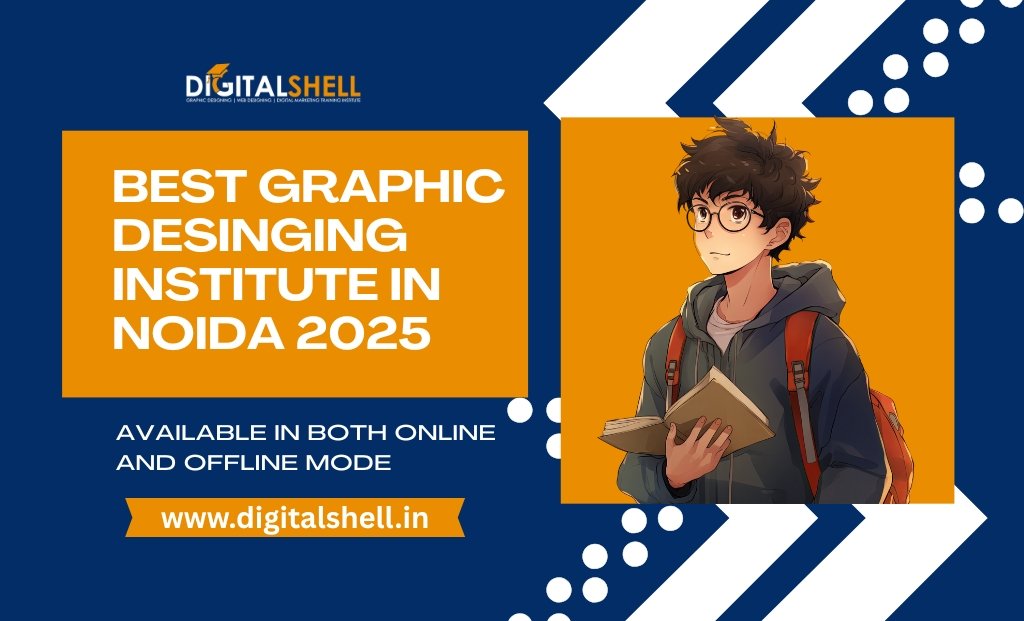Are you interested in starting a career in graphic design or simply exploring your creativity through visuals? With so many tools available, it can be overwhelming to choose the right graphic design software—especially as a beginner. Don’t worry, we’ve got you covered.
In this guide, you’ll discover the top graphic design tools for beginners in 2025, both free and paid, along with their features, benefits, and ideal use cases. Whether you want to create logos, social media posts, presentations, or stunning digital art, this article will help you make the right decision.
Why the Right Tool Matters for Beginners
Choosing the right software at the beginning of your design journey can save you time, effort, and even money. Good design software should:
Be beginner-friendly and easy to learn
Offer templates or presets to get started quickly
Support basic to intermediate design needs
Grow with your skills as you improve
Top Graphic Design Tools for Beginners in 2025
Let’s dive into the best tools suited for you in 2025.
1. Canva — Easiest for Absolute Beginners
Best for: Social media graphics, presentations, posters, flyers, and basic branding materials.
Why it’s great:
Drag-and-drop interface
Thousands of free templates
Extensive library of icons, fonts, and images
Collaboration features for teams
Available on web and mobile
Pricing: Free plan with generous features; Pro version starts at around $12.99/month.
Verdict: Canva is perfect for beginners who want fast results without a steep learning curve.
2. Adobe Express (formerly Adobe Spark)
Best for: Quick content creation for social media, posters, and web graphics.
Features:
Simple interface
Templates and brand kits
Adobe Fonts and stock image access
Syncs with Adobe Creative Cloud
Pricing: Free plan available; Premium starts around $9.99/month.
Verdict: A great choice if you’re aiming for professional-looking designs in minutes.
3. Figma — Best for UI/UX Beginners
Best for: Web design, mobile app interfaces, prototyping.
Key Features:
Real-time collaboration
Vector-based editing
Plugins and reusable components
Cloud-based
Pricing: Free for individuals; Pro plan for teams starts at $12/month.
Verdict: If you’re interested in UI/UX design, start with Figma—it’s intuitive, collaborative, and widely used in the industry.
Looking to learn these tools in-depth? Check out our Graphic Design Course.
4. Gravit Designer
Best for: Vector illustrations, icon design, and UI mockups.
Features:
Cross-platform (Windows, macOS, Linux, Web)
Clean user interface
Supports SVG, PDF, Sketch import/export
Cloud sync and storage
Pricing: Free with basic features; Pro version starts at $49/year.
Verdict: Gravit Designer is a solid alternative to Adobe Illustrator for beginners on a budget.
5. Krita — Ideal for Digital Art & Illustration
Best for: Drawing, painting, and illustration.
Why it’s great:
Designed specifically for digital painting
Powerful brush engine
Open-source and free
Supports PSD files
Pricing: Completely free
Verdict: If your focus is illustration rather than layout or branding, Krita is unbeatable for beginners.
6. Inkscape — Free Alternative for Vector Design
Best for: Logo design, illustrations, and vector graphics.
Features:
Open-source vector editor
Similar to Adobe Illustrator
Node editing, path operations
Large community and tutorials
Pricing: 100% free
Verdict: A great entry point for learning vector-based design without any cost.
7. Adobe Photoshop Elements
Best for: Beginners who want simplified photo editing and design.
Features:
Guided edits and templates
Basic design layouts
Automated tools with AI support
One-time payment (no subscription)
Pricing: Approx. $99.99 (one-time)
Verdict: A lighter version of Photoshop made for those who want powerful tools without the complexity.
8. VistaCreate (formerly Crello)
Best for: Content creators, social media managers, beginners.
Why it stands out:
User-friendly templates
Animated design capabilities
Affordable plans
Web-based
Pricing: Free with basic features; Pro plan around $10/month
Verdict: A Canva alternative with its own set of creative perks.
Tips for Choosing Your First Design Tool
Start with Free Plans: Most tools offer free versions to help you learn without commitment.
Use Tutorials: Platforms like YouTube and Skillshare offer beginner-friendly tutorials.
Experiment with Projects: Try making a logo, a poster, and a social media post to understand what tool suits your workflow.
Join Communities: Engage with Facebook groups, Discord servers, or Reddit threads for tips and support.
Start your career with hands-on learning in our Graphic Designing Course.
Final Thoughts
The world of design is vast, but getting started doesn’t have to be hard. The tools listed above cater to different styles of design—from digital painting to social media content and UI/UX prototyping.
Whether you choose Canva for its simplicity, Figma for interface design, or Krita for artistic expression, the most important step is to start creating.
As your skills grow, you can upgrade your toolkit and explore more advanced software. But for now, any of these graphic design tools for beginners will get you moving in the right direction.
So pick your tool, dive in, and let your creativity flow!
![Best Graphic Design Tools for Beginners [2025 Guide]](https://digitalshell.in/wp-content/uploads/2025/06/Top-Graphic-Design-Tools-for-Beginners-2025.jpg)



